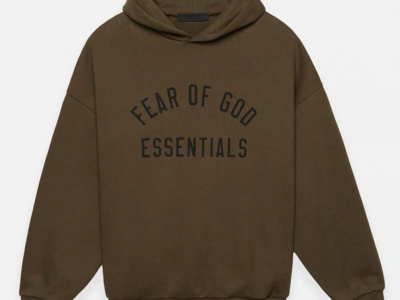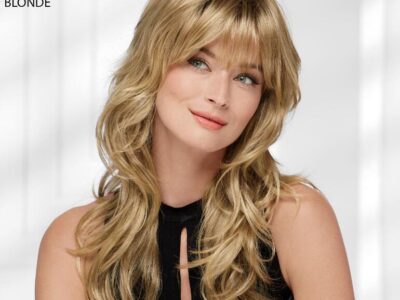
Understanding Coily Hair:

Understanding Your Coily Hair Type
Coily hair, also known Type 4 hair, is characterized by tight curls and coils that form naturally from the root to the end. Unlike looser curl patterns, coily hair strands often form “Z” or “S” shapes, giving it a unique texture and appearance. This type of hair tends to be dry and fragile due to its tight curl pattern, which makes it difficult for natural oils to travel down the hair shaft.
Coily Hair Types Explained:

Best Coily Types
Coily hair is often categorized into three distinct subtypes: 4A, 4B, and 4C.
– Type 4A: Characterized by tightly coiled “S” pattern curls. The hair is dense, retains moisture better than other coily hair type, and has a defined curl pattern.
– Type 4B: Has a “Z” shape with sharp angles and is less defined than 4A. This hair type is densely packed and tends to shrink more, appearing up to 70% shorter than its actual length.
– Type 4C: The most fragile of all hair types, 4C lacks a defined curl pattern and often has a coarse texture. It can shrink up to 75% of its true length and requires careful handling and moisturizing to avoid breakage.
Coily Hair vs. Curly Hair: What’s the Difference?

Coily Vs. Curly: Know The Difference
While both curly and coily hair types are textured, they are distinct in their structure and care needs. Curly hair, categorized as Type 3, has looser ringlets or spirals and tends to retain moisture more effectively. In contrast, coily hair has tighter curl pattern, which can make it more prone to dryness and breakage. The key difference lies in their curl shapes; curly hair has smoother spirals, while coily hair has tighter coils that can be either “Z” or “S” shaped.
Why Is Understanding Your Coily Hair Type Important?

Tips For Managing Kinky Coily Hair
Knowing your specific coily hair type is crucial for selecting right hair care products and routines. For example, a Type 4A person might need lightweight creams to maintain their curls, while a Type 4C person could benefit from heavy, moisturizing products like butters and oils to keep the hair hydrated. This knowledge can help prevent common issues like breakage, dryness, and scalp irritation by ensuring your hair gets what it truly needs.
Caring for Kinky Coily Hair: Essential Tips for Maintenance
Kinky coily hair requires a dedicated routine to retain moisture, promote growth, and prevent damage:
- Moisturize Regularly: Use water-based leave-in conditioners or moisturizing sprays to keep the hair hydrated. Seal the moisture with oils like jojoba or castor oil.
- Gentle Detangling: Use wide-tooth comb or your fingers to gently detangle hair while it’s wet and coated with a conditioner. Start from the ends and work up to minimize breakage.
- Protective Styles: Styles like braids, twists, and bantu knots help to protect the ends of the hair from damage and reduce manipulation, which can lead to breakage.
- Deep Conditioning: Regular deep conditioning treatments are essential to replenish moisture and maintain elasticity. Opt for deep conditioners rich in proteins, oils, and nutrients like shea butter and coconut oil.
Curly Coily Hair: Embracing the Best of Both Worlds
Curly coily hair, which can fall between Types 3C and 4A, blends the tight coils of Type 4 hair with the looser curls of Type 3. It provides versatility in styling and texture but requires a balanced approach to moisture and definition. The key to managing curly coily hair is to find a routine that enhances curl definition while maintaining hydration.Conclusion: Celebrate Your Coils
Conclusion: Celebrate Your Coils











